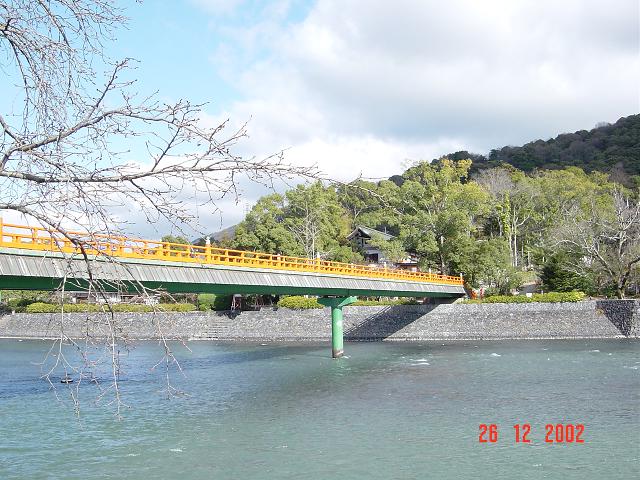
Cleaning a goldfish tank appears to be an annoying task to most goldfish lovers.
Goldfish produces a lot of waste everyday and the water is clouded easily.
Belows are some knowhow on how to keep a goldfish tank clean:
1.
Keep reasonable number of goldfish: Less fish = less wasteDon't keep as much fish in a tank as most of the pet shops do - they can do it because they clean their fish tanks a few times everyday.
I keep 8 goldfish in a 68 L aquarium - it is already over-crowded. If you keep less fish, you should make suitable adjustments to what I said below.
2.
Feed the goldfish once a day: Less food = less wasteI feed my goldfish with pellet food once a day. I find that it is worth to buy some high quality pellets as a small amount of them already contains sufficient nutrition to keep the fish in good health. I feed only one teaspoon of pellets everyday (the amount will be increased as the weather gets warmer) to my goldfish and they are in perfect health condition - the owners of the pet shops will of course be very happy if you feed your fish three times a day.
The pellets to be fed should not exceed the amount that the fish can consume within 3 to 5 minutes.
I feed the fish with live food, in addition, once a week. Occasionally, I treat the goldfish with slices of vegetable leaf.
3.
Filtering System: Effective Filter = clean waterI use one small overhead filter: The filter includes the following filtering materials (in order of position): 1 pack of bio rings, 2 layers of cotton, 2 packs of active carbon, 2 layers of cotton. The filter system has 2 filtering tasks:
a. The materials themselves can physically filter out the waste of the fish; and
b. The bacteria develops in the system can turn the toxic chemicals (which also clouds the water) into harmless chemicals.
Many people focus their attention on the first task only and keep on changing / replacing / cleaning the filtering materials. They end up facing a clouded aquarium helplessly.
It takes time to develop the good bacteria: Hence it is important that you don't (or not often and not thoroughly) wash the bio rings and you only clean half of the filtering materials each time: I clean the first 2 layers and the last layer of cotton and one pack of active carbon in the first week and clean the other pack of active carbon and the last 2 layers of cotton the other week. You should never replace or clean all the cotton in one go. Wash the cotton only with the water you pump out from the tank for replacement.
If the water condition does not have much improvement (you have too much fish and not enough bacteria), you should adjust the cleaning method:
Remove the second last layer of cotton once every three days. Move the last layer of cotton up as the second last layer. Add a the cleaned layer of cotton as the last layer. Do not touch the bio ring, the active carbon and the other layers of cotton. Let the fish wastes pile up in the filter. It's the only way to develop a large number of good bacteria in the filtering materials.
Replace one pack of active carbon after 45 days (or within a shorter period if you are rich) and the other pack another 45 days (or less) later.
If this is your first time to use a filtering system, you have to clean the filtering materials (but not the bio ring if it comes with bacteria enhancer. Some active carbon can be used direct.) thoroughly before you put them into the filter. Before it develops enough bacteria, the aquarium will still be clouded for a few days (or one week or more). Do not be tempted to replace the filtering materials - the owners of the pet shops will be very happy if you do so.
4.
Air Pump: Air bubbles = dissolution of wasteIt is very important that you have an air pump for the aquarium. It is wrong to assume that the filtering system can bring in fresh water with enough oxygen. Apart from providing enough oxygen, the air bubbles created by the air pump can assist to dissolve the goldfish waste such that they can be filtered easily by the filtering system. It also assists to develop the good bacteria.
5.
Change Water: More clean water = less dirty waterI change one-tenth of the water once every 3 days.
 This is the Nusamai Bridge at Kushiro, Hokkaido, Japan.
This is the Nusamai Bridge at Kushiro, Hokkaido, Japan.














